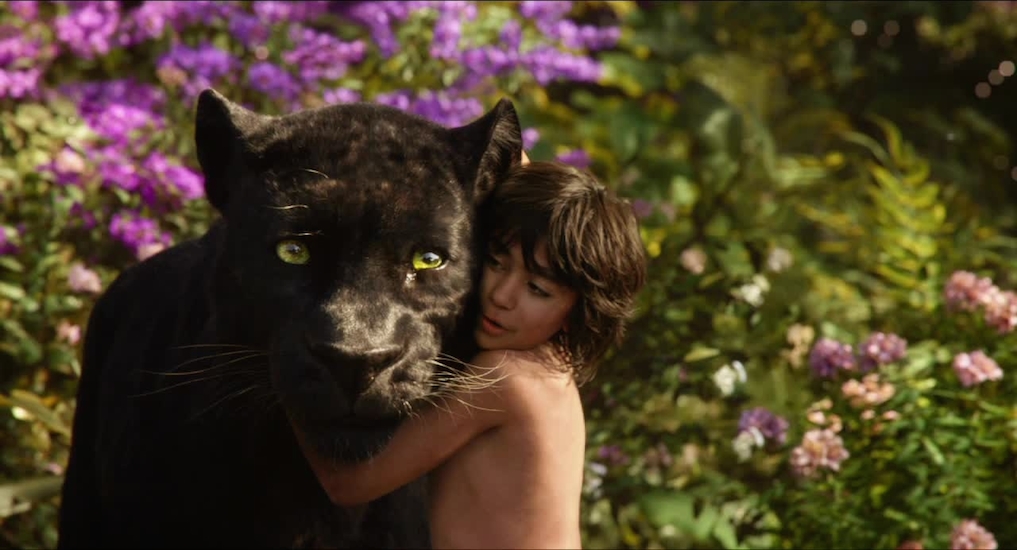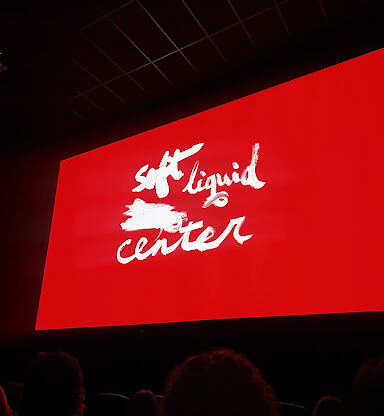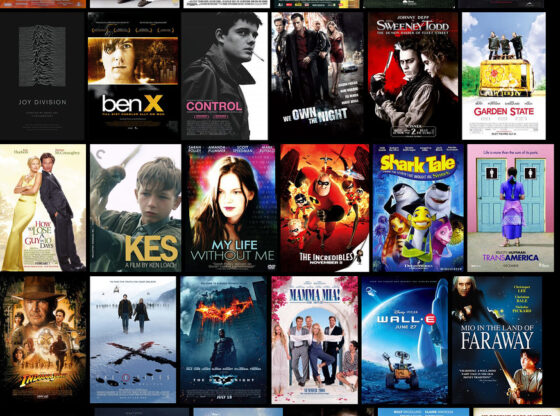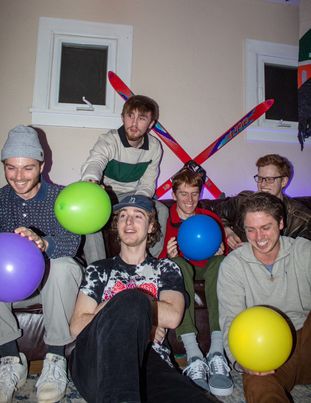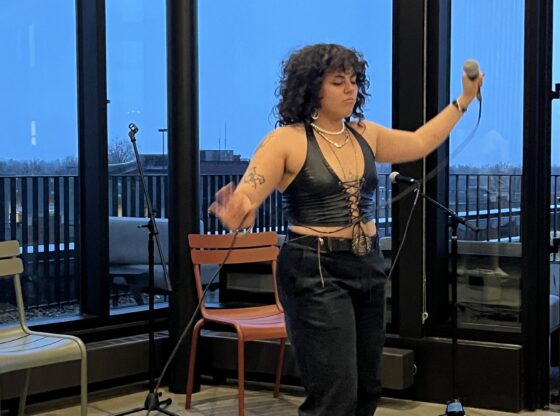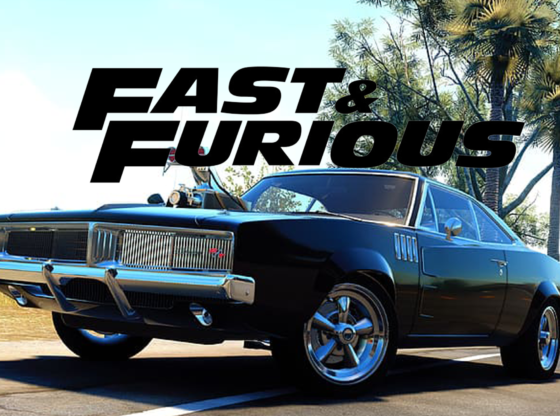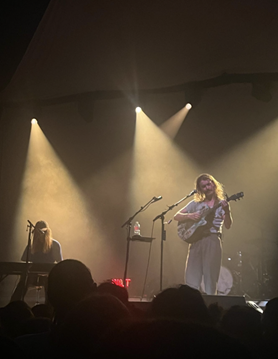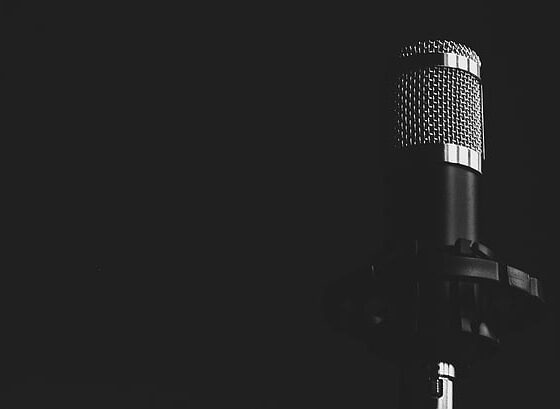Based on Rudyard Kipling’s famous collection of short stories, as well as the beloved 1967 Disney animated adaption, “The Jungle Book” follows young orphan “man-cub” Mowgli (newcomer Neel Sethi) as he embarks on a voyage of self-discovery, guided by his animal guardians Baloo the bear (Bill Murray, “Ghostbusters”), panther Bagheera (Ben Kingsley, “Shutter Island”) and wolf mother Raksha (Lupita Nyong’o, “Star Wars: The Force Awakens”). Along the way, Mowgli faces many treacherous inhabitants of the jungle, including the murderous tiger Shere Khan (Idris Elba, “Luther”), power-hungry ape King Louie (Christopher Walken, “Pulp Fiction”) and the mysterious python Kaa (Scarlett Johansson, “The Avengers”).
As visual effects technology has advanced over the past decade, it seems that Hollywood has been begging for a film like “The Jungle Book” to come along and showcase all the newfound power live-action films can have over the family film genre. The film is without a doubt a marvelous and inventive visual spectacle, with every single animal and almost every environment in the film created entirely with computer imagery.
The style is absolutely gorgeous and allows director Jon Favreau (“Iron Man”) to experiment with Kipling’s world in refreshing new ways that animation seemingly could never capture. Favreau is free of the restraints of animation, allowing beauty to shine through with rich and complex cinematography that makes the film feel like a painting come alive. He also employs the style to great dramatic effect, playing up the stakes and danger of Mowgli’s journey while still injecting some light-hearted fun into the proceedings. The problem, however, is that the style is so powerful that it ends up drowning out much of the story’s heart.
Young actor Sethi, here in his first role, has flashes of brilliance but struggles to work with what is given to him. The only “real” element of the film, he is forced to act entirely on his own in staged surroundings, and you can feel the green screen sucking life out of his acting. It doesn’t help that screenwriter Justin Marks, also a first-timer, removes much of Mowgli’s rambunctious personality in favor of making his character a representation of man’s relationship with nature. The message is certainly pertinent and seeks to elevate Kipling’s story beyond its often-problematic imperialistic nature, but it ends up taking away the soul that defined the animated adaptation, making Mowgli feel like the fakest character in a room full of computers. It doesn’t help that Disney can’t resist the temptation of injecting two of the original film’s most famous musical numbers into meaningless throwaway sequences that end up confusing the film’s tone even more.
However, the film’s voice acting does feature some fine work, with Murray, Elba, Walken and Johansson especially injecting some humanity, both light and dark, into their animal counterparts. The film’s style does admittedly eliminate some of the power of expression, as opposed to other live-action animal films with amazing motion capture acting (such as “Dawn of the Planet of the Apes”), but the actors’ fine oratory skills transcend the obstacle and are easily the highlight of the film.
All in all, “The Jungle Book” is exactly what Hollywood pined for: a visual extravaganza with some of the world’s biggest stars putting in amazing voice acting work to back up the show. However, if you’re looking for the heart that made the original animated version a classic, maybe it’s best to look elsewhere.

